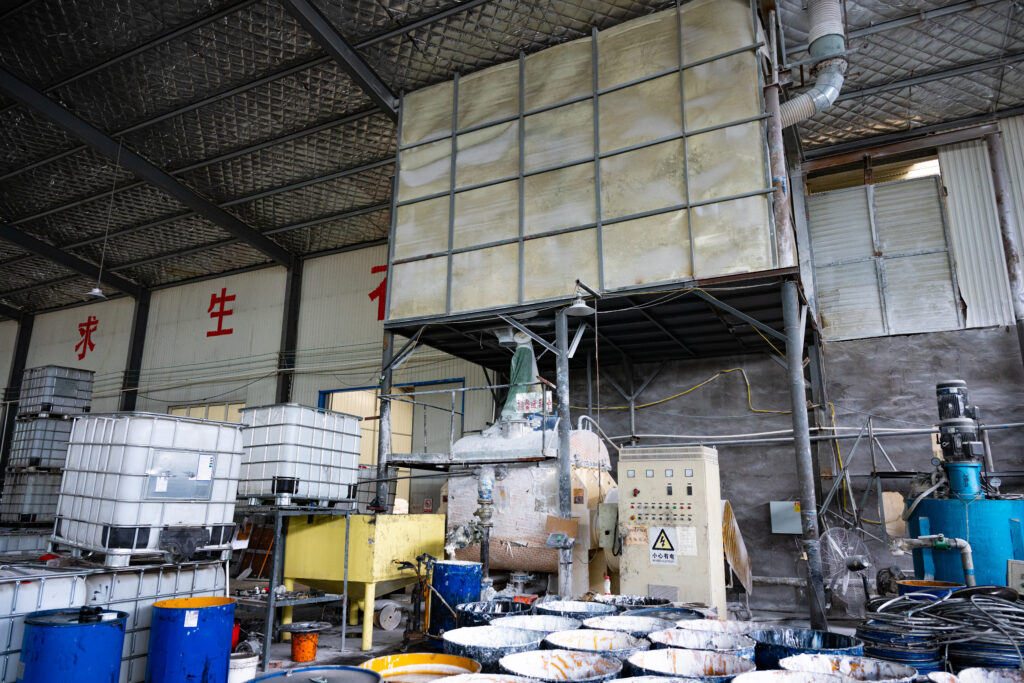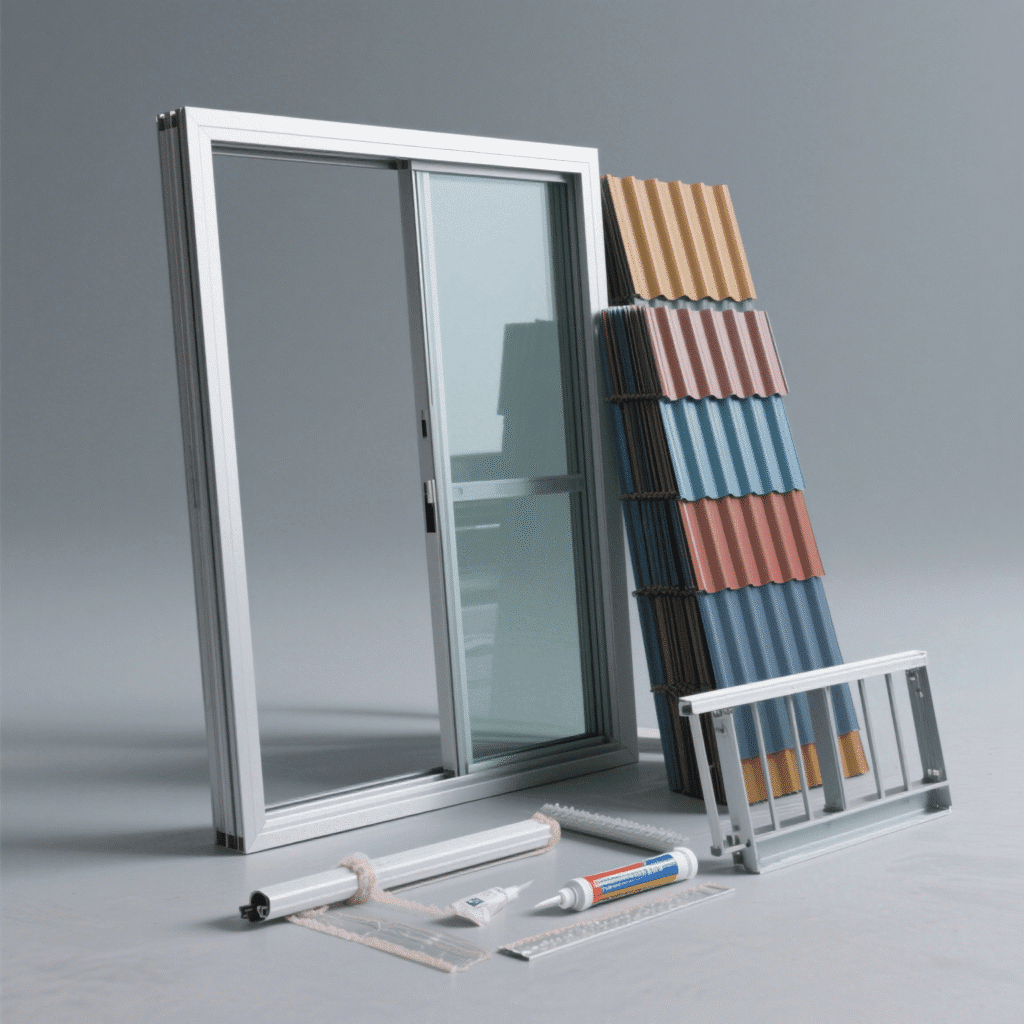Understanding Waterproof Silicone Sealant Properties
Waterproof silicone sealant is well known for being very flexible, strong, and for not easily being damaged by the weather. These features make waterproof silicone sealant Sealants Underwater very popular. The primary components of waterproof silicone sealant Sealants Underwater are silicon and oxygen along with some organic compounds. Such materials allow waterproof silicone sealant Sealants Underwater to be elastic even after curing; thus, they can expand and contract during temperature changes without losing adhesion. Flexibility is especially important underwater, where movement and pressure is constant.
Key Features of Waterproof Silicone Sealant
Silicone sealants are best known for being able to waterproof sections effectively and blocking the transfer of water penetrations. This makes waterproof silicone sealant Sealants Underwater perfect for bathrooms, kitchens, and fish tanks. Waterproof sealants and extreme temperatures can be used for outside purposes. Sealants Underwater apply silicone sealants to bond materials underwater; they can hold materials together without breaking down over time, performing supported long-term underwater.
Applications in Underwater Environments
Waterproof sealants can be used for difficult situations and are best known for their challenging usability. They are best suited for underwater applications throughout the world, especially for sealing pools, aquariums, docks, and boats. Waterproof sealants are best utilized in humid conditions and can be submerged, making them invaluable.
Benefits in Underwater Sealing Projects
The primary benefit is resistance to water and moisture. Once applied, the sealant forms a durable seal that prevents leaks and structural damage, maintaining underwater structures’ integrity for safety and longevity.
Durability Compared to Other Sealants
Silicone sealants often outperform alternatives due to their longevity and resistance to environmental factors. Unlike acrylic or polyurethane, silicone doesn’t crack, peel, or shrink over time thanks to its chemical structure.
Longevity and Resilience
Its resilience comes from withstanding wide temperature ranges and chemical exposure, critical underwater to maintain bond and elasticity, preventing leaks and damage.
Comparison with Other Sealants
While acrylic and polyurethane have niche uses, they lack the flexibility and durability of silicone, especially in water-exposed environments, making silicone the preferred choice.
Versatile Applications
Silicone sealants have diverse uses—from home fixtures like sinks and bathtubs to industrial machinery and electronics, where moisture resistance is crucial.
Use Around Home Fixtures and Appliances
They create airtight seals in moisture-prone areas such as kitchens and bathrooms, preventing mold growth and moisture penetration.
Industrial and Commercial Applications
In construction, silicone seals glazing and joints; in automotive, they protect electronics and serve as gaskets.
Silicone Sealant in Extreme Temperatures
Silicone can endure -60°C to 300°C, ideal for hot engines, ovens, or cold climates, ensuring functionality despite temperature shifts.
Flexibility Under Temperature Fluctuations
Its elasticity allows adjustment to temperature changes without losing adhesion, especially valuable underwater where conditions vary.
Advantages Over Traditional Sealants
Silicone offers superior weather and chemical resistance, creating impermeable seals that prevent leaks and corrosion over time.
Adhesion to Various Surfaces
It bonds well to glass, metal, ceramics, and more, suitable for diverse construction and repair needs involving different materials.
Chemical Composition
Made of silicon-based polymers and additives like fungicides and UV stabilizers, silicone sealants are durable and resistant to mold and UV degradation.
Environmental and Human Safety
They emit low VOCs during curing and resist mold, making them safe for residential and commercial use.
Application Techniques
Proper application ensures longevity:
-
Prepare Surface: Clean and remove debris or old sealant.
-
Cut Nozzle: Size nozzle for desired bead.
-
Apply Sealant: Steady, continuous bead.
-
Smooth Bead: Tool or finger for neat finish.
-
Cure: Follow manufacturer’s curing time.
Tips for Optimal Results
Ensure clean, dry surfaces; steady application; use underwater-formulated silicone for best performance.
Common Challenges
Leaks or adhesion problems usually stem from poor surface prep or technique—clean and reapply as needed.
Maintenance and Repair
Inspect regularly; replace damaged sealant sections to maintain integrity.
About Noid
If you have any questions or need more information about our products and services, feel free to reach out to us through the following contact details:
Phone/WhatsAPP:
+86 15853657921
Email:
cy971109@gamil.com
Address:
No.198 Yishan Road,Dongcheng Street,Linqu County,Weifang City,Shandong Province,China
Customer Service Hours:
Available 24 hours a day, 7 days a week






